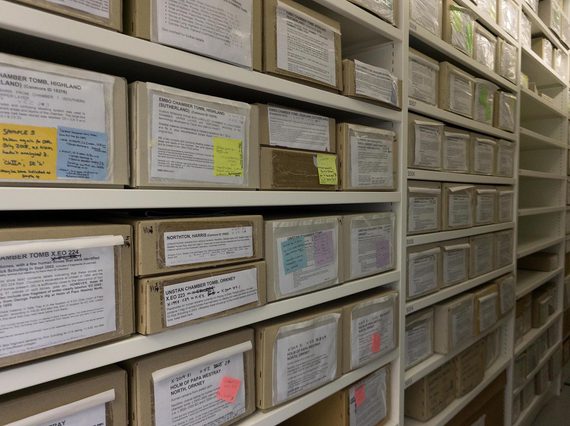
Archaeological Human Remains Collections
Human remains collections give us an intimate connection with people of the past.
They attract great interest from researchers as well as museum visitors and there is now a wealth of methods for studying them, ranging from osteology to cutting-edge scientific techniques such as ancient DNA (aDNA) and isotopic analysis. These approaches provide valuable insights into how people lived and died.
This resource, created in partnership with Historic Environment Scotland, focuses on Scottish archaeological collections of human remains resulting from recent and historic excavations though many of the topics will apply more broadly.
Content warning: This page and linked resources contain images and descriptions of archaeological human remains.
What can we learn from the dead?
This series of short video presentations, delivered by experts working in the field, explore the different scientific techniques now available to study these collections, best practice relating to sampling, and the ethical debates around the appropriate management of human remains.
The videos are intended to assist those working in the museum and heritage sector to:
- Understand and recognise the potential of human remains collections
- Gain a better understanding of the appropriate management of these collections
- Have a greater awareness of the sensitivities and ethics that surround archaeological human remains stored in museum collections
- Gain knowledge of the most common scientific analyses that can be applied to archaeological human remains and appropriate sampling strategies.
A list of resources is provided for further reading.
Videos in this resource

The potential of archaeological human remains
An introduction to what constitutes archaeological human remains and some aspects of their acquisition, storage and research for museums.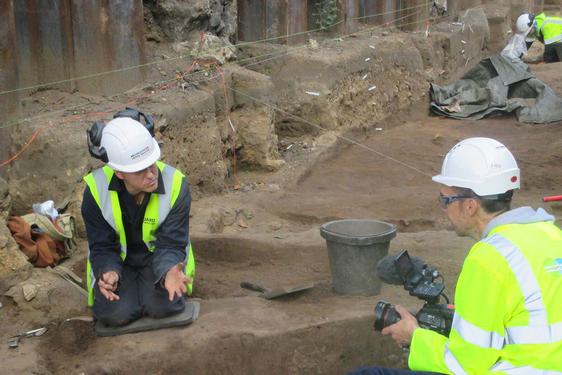
What happens when human remains are found?
Archaeological human remains are frequently discovered in Scotland, and often in unexpected places.
Considerations on ethical curation
An introduction to the management of human remains collections and the current issues many collections face regarding renegotiating their history, ethical standards, and accessibility for research.
Osteoarchaeology
Moving beyond demographic parameters, it is important to think about the ways in which osteology can contribute to big archaeological questions.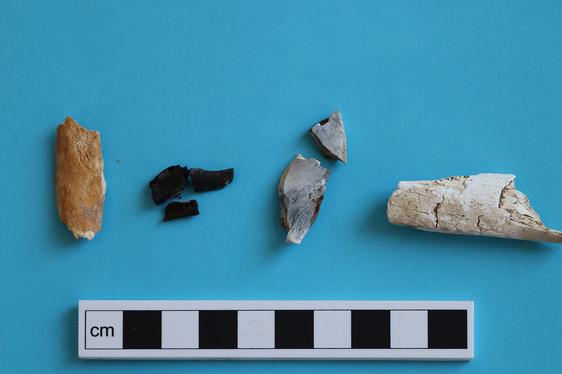
Radiocarbon dating
This talk discusses state-of-the-art for radiocarbon dating of human remains and discusses where the science is moving to in respect to how results can be used now and in the future.
Isotope analysis
Complementing other archaeological techniques, isotope analyses can offer greater insight into significant aspects of past lives and environments.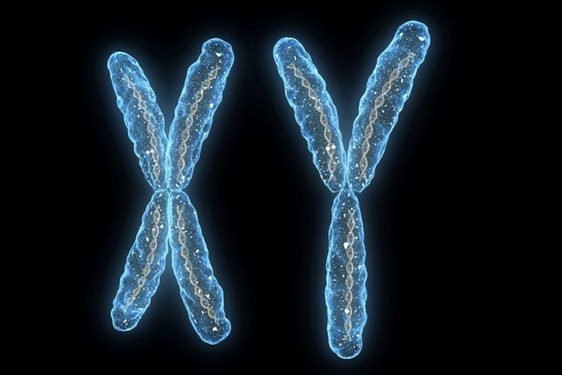
Human Ancient DNA
This talk explores the new human archaeogenetics with reference to recent breakthroughs in the analysis of ancient DNA.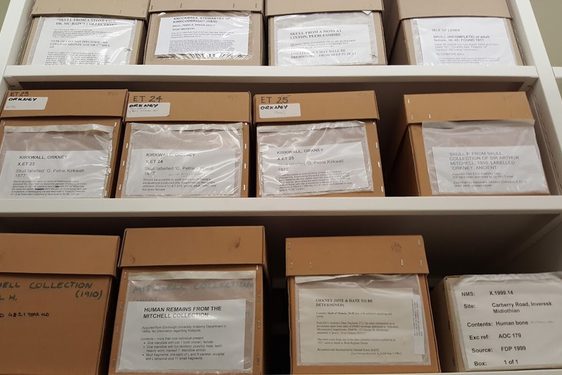
Why curate human remains?
This talk discusses the Cold Case Whithorn project as one example of a community-facing research project centred on the value of curated human remains.